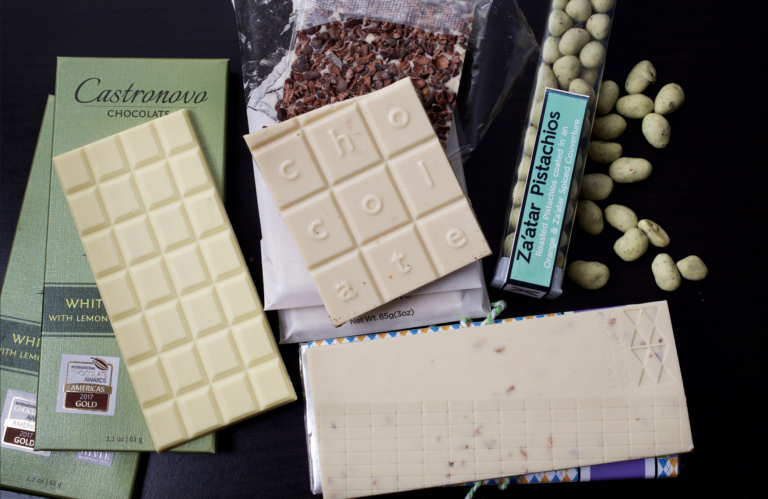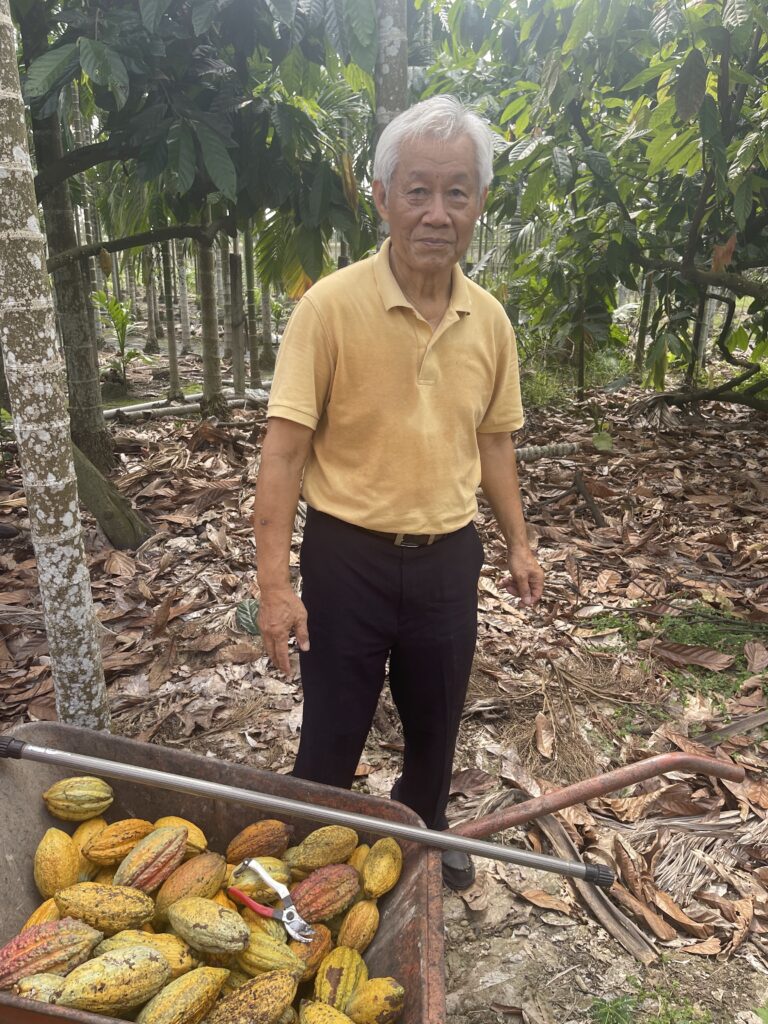
Best White Chocolate in the World
This article explores the origins and history of chocolate, tracing cacao’s use and cultural significance among ancient Mesoamerican civilizations like the Maya and Aztec. It
News > From Traceability to Community Building: The Top Lessons Craft Chocolate Can Take From Specialty Coffee

Craft chocolate and specialty coffee are two artisanal industries that have gained significant popularity in recent years. Both markets are characterized by a focus on quality, sustainability, and unique flavors, and they often attract a dedicated and discerning customer base. However, while specialty coffee has a longer history and a more established presence in the market, craft chocolate is a relatively newer industry that is still finding its footing with the wider market. Craft chocolate can learn from the successes and challenges of the specialty coffee industry, and use these insights to continue growing and thriving.
One of the key ways that specialty coffee has differentiated itself from mass-produced coffee is through its focus on traceability and transparency. Specialty coffee roasters often go to great lengths to source their beans directly from smallholder farmers, and to provide detailed information about the origin, processing, and flavor profile of each coffee. This level of transparency has helped to build trust and loyalty among customers, who appreciate knowing where their coffee comes from and how it was produced.
Craft chocolate can learn from this model by placing a similar emphasis on traceability and transparency in the production of their products. While some craft chocolate makers are already doing this, it is still an area where the industry as a whole can improve. By providing detailed information about the origin and processing of their cocoa beans, craft chocolate makers can differentiate themselves from mass-produced chocolate and build trust with their customers. This can also help to highlight the unique flavor profiles of different cocoa beans and regions, and to promote the use of sustainably-sourced and ethically-produced cocoa.

Craft chocolate can similarly benefit from investing in education and training for industry professionals and consumers. This could involve establishing certification programs for chocolate makers and retailers, or offering educational resources such as guides, workshops, and tastings. By providing a structured way for industry professionals and consumers to learn about the intricacies of craft chocolate, the industry can help to raise the overall level of knowledge and appreciation for its products.
Overall, there are many ways in which craft chocolate can learn from the successes and challenges of the specialty coffee industry. By focusing on traceability and transparency, building a sense of community, and investing in education and training, craft chocolate makers can help to establish their products as a high-quality and sustainable alternative to mass-produced chocolate.

This article explores the origins and history of chocolate, tracing cacao’s use and cultural significance among ancient Mesoamerican civilizations like the Maya and Aztec. It

Embark on a journey through Taiwan’s lush Pingtung County, where 77-year-old Mr. Chou pioneers small-scale cacao farming, and award-winning chocolatier Jade Li transforms each harvest

Explore the delicious evolution of the best-selling chocolate bar, indulging in a rich history of flavor innovation and timeless satisfaction. Join us on a sweet journey through the irresistible transformation of the chocolate bar.
Keep up-to-date on upcoming chocolate awards